Historic
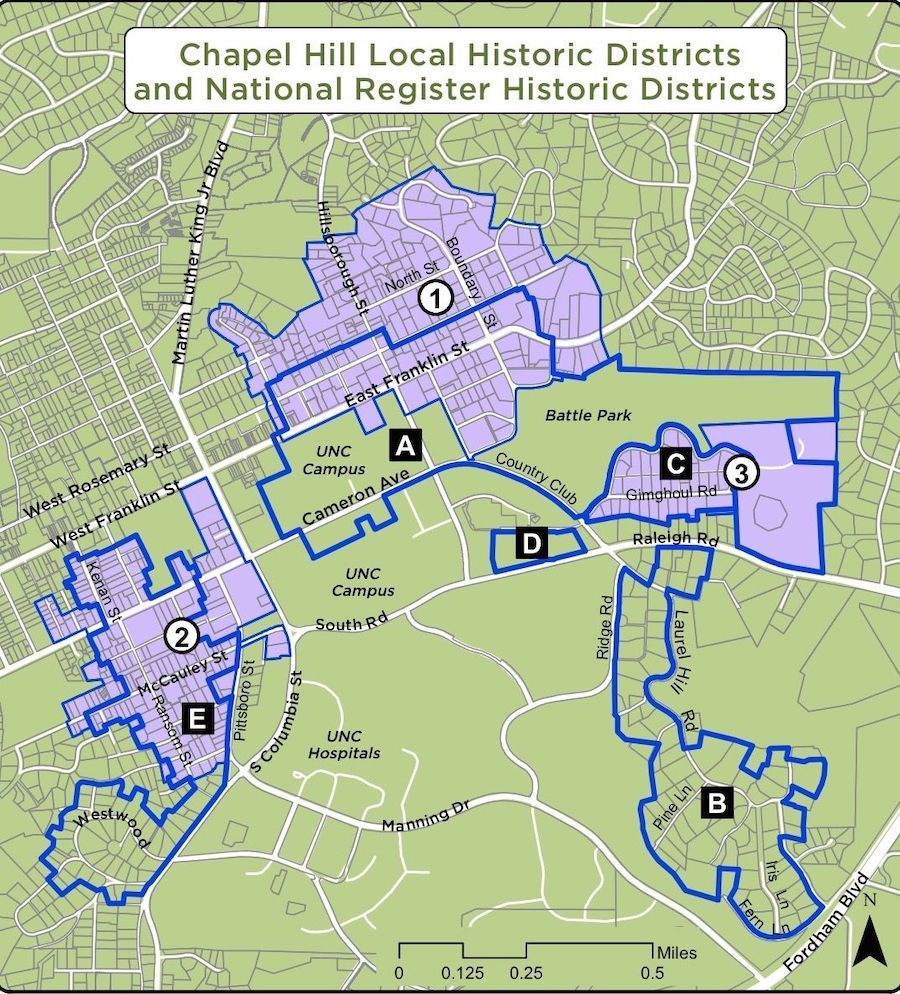
Historic Chapel Hill
Beauty and charm abound in the historic districts of Chapel Hill. Oak tree-lined streets inspire nostalgic long walks. Many historic homes have been renovated to their original luster along with modern amenities. All of these neighborhoods are listed on the National Register of Historic Places and most homes were built in the early 1900s. Here’s a taste of the most distinctive neighborhoods that Chapel Hill has to offer.
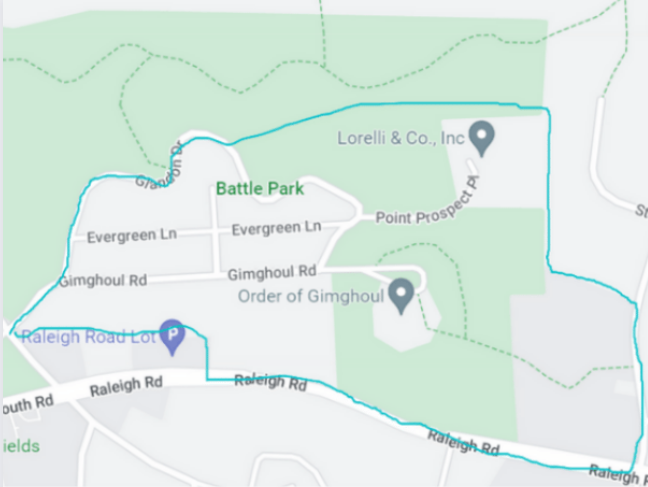
Gimghoul
Tucked away just off campus, the Gimghoul neighborhood abounds in beauty and mystery. Built as the first residential project outside of the university to provide housing for faculty, this historic community is made up of beautiful Colonial Revival style homes sitting alongside the Gothic Revival Gimghoul Castle. The intriguing castle remains a mysterious landmark for the neighborhood today. Known more for its great location and the incredible streetscapes and uniquely picturesque landscape than the style and architecture of the homes, it is still a highly sought-after area for its proximity to shopping, dining and entertainment options. The gracious streets, ancient trees, and unique homes of the Gimghoul neighborhood are highlighted in this video. Enjoy!
SEARCH GIMGHOUL HOMES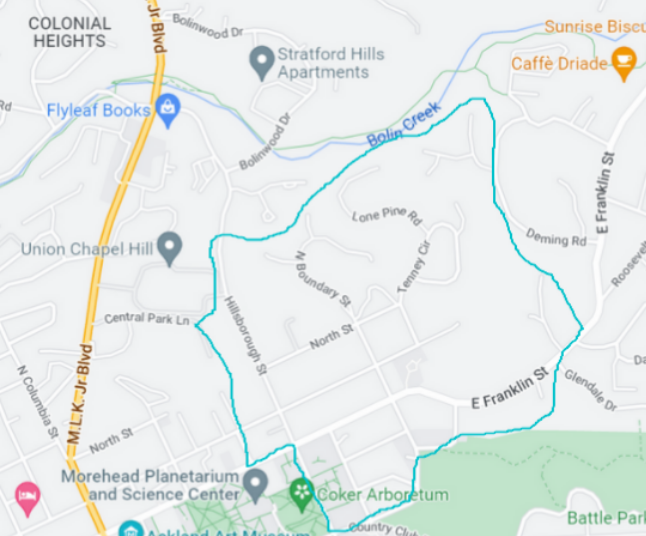
Franklin/Rosemary
Located within walking distance to UNC-Chapel Hill and many downtown restaurants and businesses, this neighborhood elicits feelings of a bygone era. The tree-lined streets canopy the distinguished homes of Colonial Revival, Century Federal, Greek Revival, Gothic Revival, period Farmhouses and Bungalows. Bordered by the UNC campus on one side, beautiful historic homes on the other and Carrboro anchoring the western end, Franklin Street is truly the soul of Chapel Hill. This neighborhood is filled with eclectic shops, great restaurants and a burgeoning art and music scene along with an array of festivals and events from the University of North Carolina, Chapel Hill. Does this sound like a neighborhood for you?
SEARCH FRANKLIN/ROSEMARY HOMES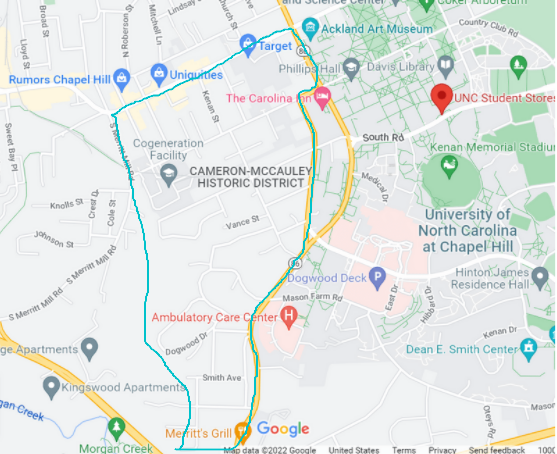
Cameron/McCauley/Malette/Westwood
Located on the west side of the UNC campus, this district is within walking distance to UNC Hospitals, providing convenience and nostalgia. Providing the perfect mix of soaring trees and Craftsman and Colonial Revival bungalows, it exudes the Chapel Hill style. Within walking distance to the major dining and entertainment hub of Franklin Street, this quaint community offers a shady refuge for outdoor enthusiasts who enjoy walking, running and biking along the city streets of Chapel Hill. The Cameron/McCauley neighborhood is also home to the famous Carolina Inn- an iconic and elegant hotel which has hosted many UNC families and special events since 1924.
SEARCH CAMERON/MCCAULEY HOMES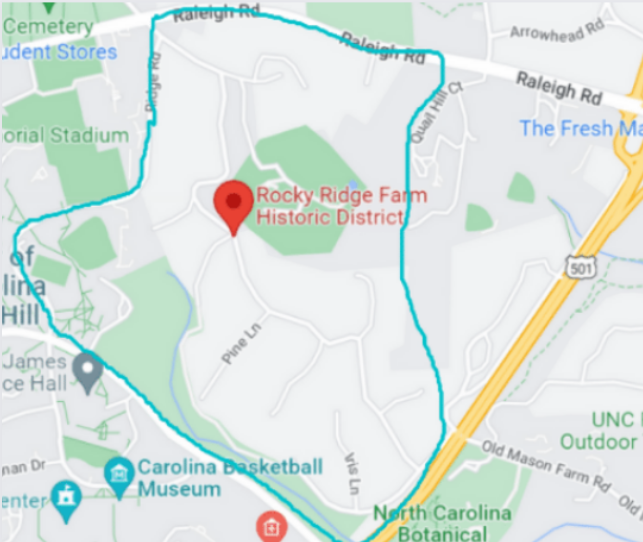
Rocky Ridge Farm
Winding down from UNC Law School and centered around Laurel Hill Road is the beautiful, picturesque community of the Rocky Ridge Farm Historic District of Chapel Hill. Meander down streets of mature trees and lovely landscaping with period homes ranging in style from Colonial and Tudor Revival as well as International Architecture. These historic homes were built between the 1920s and 1950s and are a highly-sought after neighborhood today.
SEARCH ROCKY RIDGE FARM HOMESHISTORIC DURHAM
Neighborhoods
Historic Durham
With a rich history and bright future, Durham is dedicated to the protection and preservation of its 15 historical districts. The following neighborhoods are a few of the 15 of which to choose and are sure to impress with a nostalgic feel and incredible amenities expected today. Take a look and choose the best neighborhood to suit your personal style and needs.
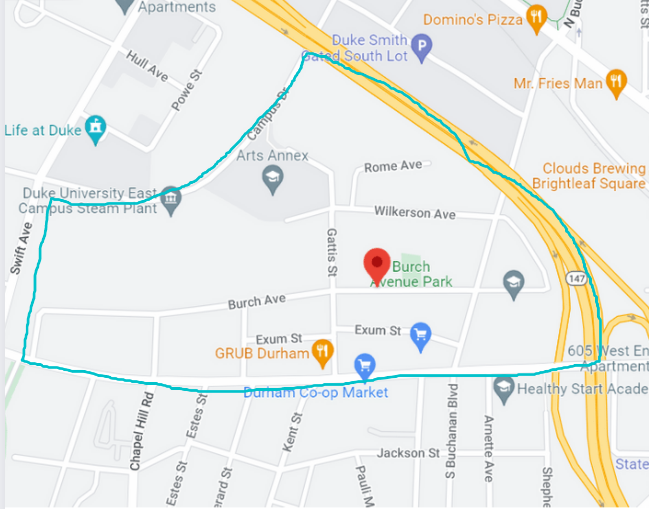
Burch Avenue
Perfectly situated just north of Morehead Hill, between the Durham Freeway and Chapel Hill Street, lies the vibrant and diverse neighborhood of Burch Avenue. Featuring a large range of Historic styles, sizes, and price ranges, many of its early residents were heavily involved in the building trade resulting in many distinctive properties built by the area contractors and carpenters and built for use as their personal homes. What home styles can you expect here? MANY! You’ll see incredible Queen Anne Victorians, Colonial Revival Foursquare, craftsman bungalows, and post-war minimally traditional homes.
SEARCH BURCH AVENUE HOMES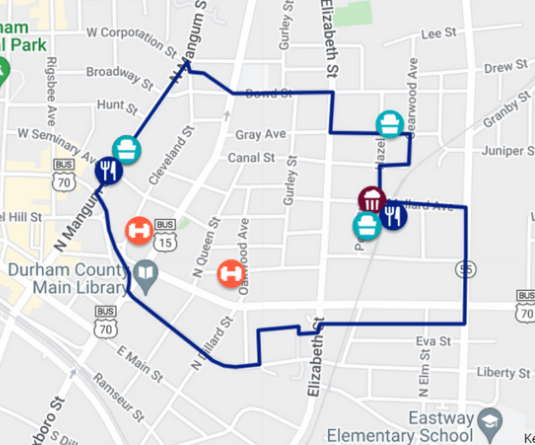
Cleveland-Holloway
The Cleveland Holloway Historic District, once known as the Dillard Street Neighborhood, is framed with beautifully canopied tree-lined streets and sidewalks with lovely, well-cared-for turn of the century homes showing the glory of days long gone. Located at the east end of Downtown Durham, this neighborhood once boasted the most architecturally prized homes of its day. Today you will find the predominant architectural style of those homes to be that of the Queen Anne, with early Neoclassical and Colonial Revival Styles with large front yards and mature hardwoods welcoming you. However, as expansion and restoration continue to flourish, new home styles and lot sizes are making room for growth. If you’re looking to make your home close to downtown Durham, then the Cleveland-Holloway District may be just what you’re looking for.
SEARCH CLEVELAND-HOLLOWAY HOMES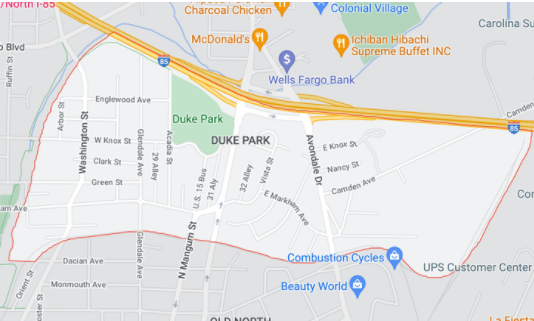
Duke Park
Developed gradually and continuously from the turn of the twentieth century through the post-war period and into mid-century, the Duke Park neighborhood represents a range of home styles, sizes, and ages rarely seen in other Durham neighborhoods. Duke Park features a wide range of historic house styles and sizes. The earliest homes were farmhouses and simplified Victorian styles, followed by 1 ½ story homes with low second stories, gabled brick chimneys and wide front porches, ranches, impressive bungalows and then the Colonial & Georgian revival styles! There is something for every taste and style in Duke Park.
SEARCH DUKE PARK HOMES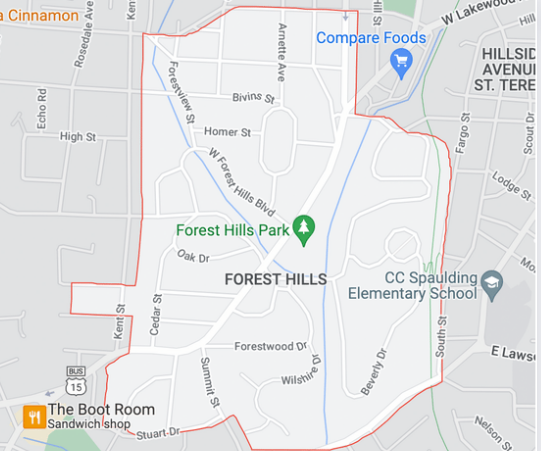
Forest Hills
Reflecting the history of the 20 th century, Forest Hills is reminiscent of Durham’s earliest homes, sprinkled with traces of the farms that initially occupied the land. This historic neighborhood was created to cater to the rising successful professional class of individuals. In order to lure home buyers from the city, the neighborhood developers added a 9-hole golf course, swimming pool and clubhouse as the hub of the community.
SEARCH FOREST HILLS HOMES
Hope Valley
Did you know that Hope Valley was Durham’s first full-fledged country club suburb…developed around an 18-hole golf course in the late 1920s? The neighborhood today features beautiful tree-lined streets, manicured yards and rolling hills all centered around the Donald Ross 18-hole championship golf course. Expect beautiful homes of the Tudor, English Cottage, Colonial, Provincial and Spanish design on large lots. Located in close proximity to the Tobacco District, healthcare industry and the prominent Duke University.
SEARCH HOPE VALLEY HOMES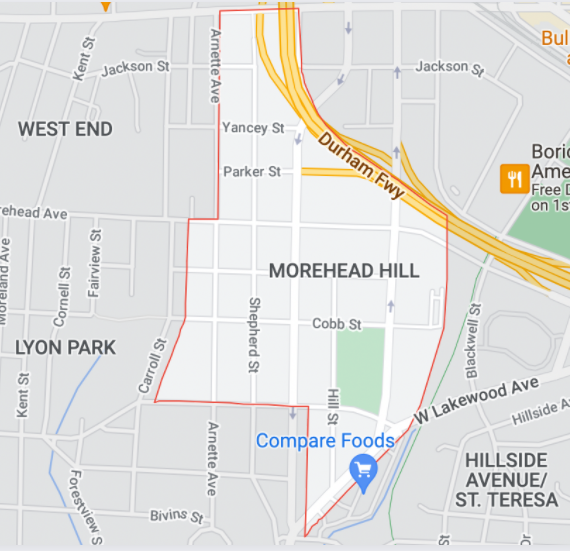
Morehead Hill
Historic Morehead Hill was home to many of Durham’s early industrialists and conveniently located just south of Downtown Durham. Early industrialists like Eugene Morehead, L. A. Carr, George W. Watts, and George Lyon all had fine homes here but also developed many small rental properties as well. Opulent Spanish Revival, Colonial Revival, Queen Anne, and Bungalow styles can be found here. This is a greatly preserved, family-friendly neighborhood that its residents take great pride in.
SEARCH MOREHEAD HILL HOMES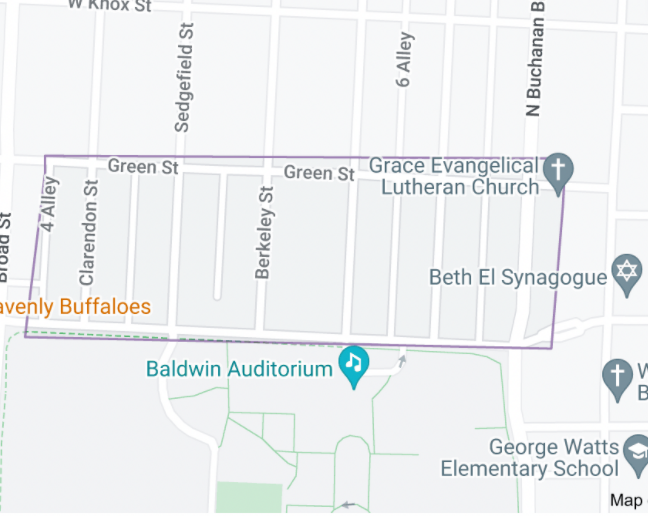
Trinity Heights
A quaint 8 block neighborhood within the Trinity Park community with tall hardwood lined streets, now the East Campus of Duke University. Primarily a home for many college faculty, this neighborhood still has many long-time residents including a few whose parents were the first owners of their homes. You will find mostly Bungalow type homes with wide front porches in one and a half and two-story styles, along with a few Victorian and Classical types. A wonderful, walkable location to all your favorite establishments and easy access to I-85, the Durham Freeway and fantastic Downtown Durham.
SEARCH TRINITY HEIGHTS HOMES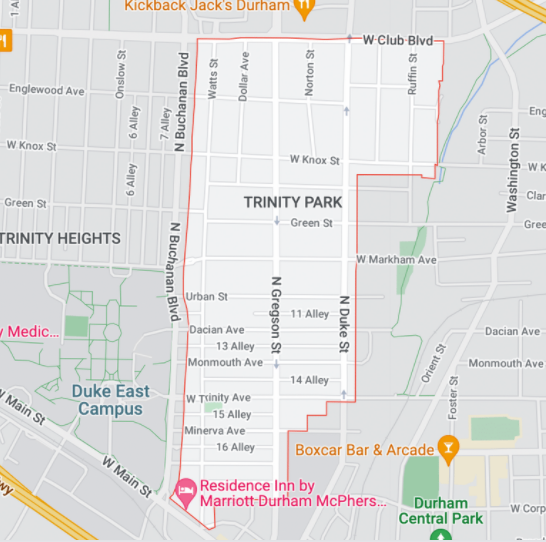
Trinity Park
What could be better than the beautiful community of Trinity Park?! Durham’s oldest historic neighborhood originally created to accommodate the Trinity college professors (now Duke University) with incredible Queen Anne homes in what was deemed “Faculty Row”. Canopies of shaded streets gave way to 40 blocks of growth and homes of varying styles from Victorian, Neo-Colonial, period revivals, Bungalows and Craftsman styles. In 1980 a wonderful gazebo, children’s gated play area and green space with benches for relaxation among the shaded trees was created for its residents which became the hub of social activities, festivals, and musical events. This majestic neighborhood has a phenomenal location close to Northgate Mall, Brightleaf Square, and the Ninth Street Shopping District. You also have quick access to the Durham Freeway, I-85 and Downtown Durham. What more could you ask for?
SEARCH TRINITY PARK HOMES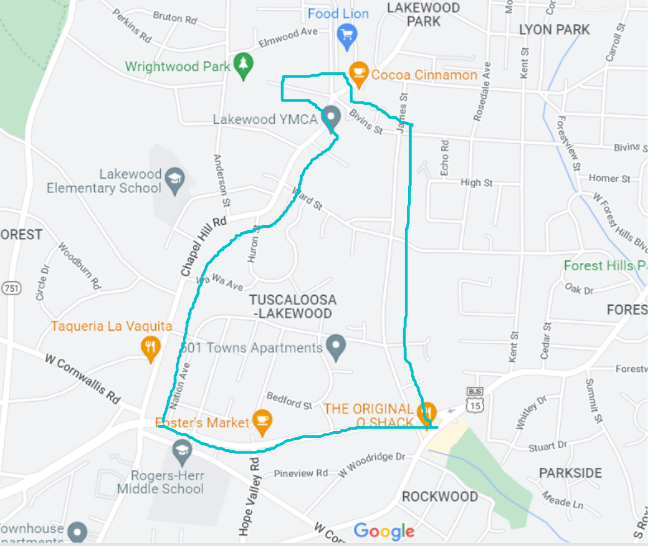
Tuscaloosa-Lakewood
Containing a very high proportion of original homes with their historic integrity intact, this historic district was developed over the first decades of the 20th century. The earliest houses are modest Queen Annes with incredible attention to detail in the tri-gable, gable-and-wing, and pyramidal roofs followed by Bungalows and Craftsman-style homes ending with period cottages and traditional styles. The neighborhood has made much room for growth while preserving its unique identity within the Triangle.
SEARCH TUSCALOOSA-LAKEWOOD HOMES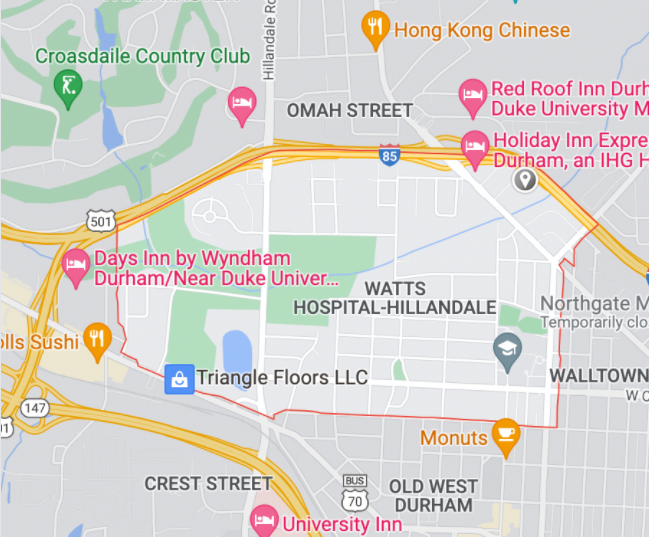
Watts Hospital-Hillandale
Centered on West Club Boulevard and anchored by the Durham Water Works, the former Watts Hospital, and the NC School of Science and Math, this historic neighborhood was home to many medical professionals. This streetcar suburb is ideally situated near the beautiful Hillandale Country Club and now features many estate-style homes. Still to be found are incredible Greek Revival homes with massive wrap-around porches and period bungalows throughout. Looking for a great lifestyle neighborhood? This may be for you!
SEARCH WATTS HOSPITAL- HILLANDALE HOMES



